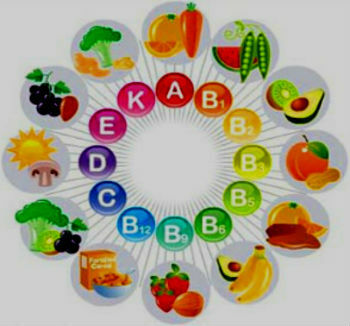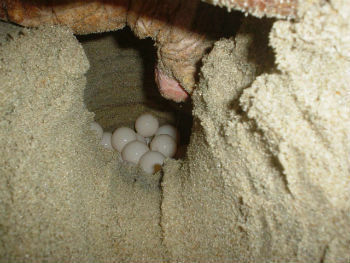Reproduction is the process of forming new beings, similar to those that originated them. This can be asexual, when there is only one parent; or sexual, when there is a fusion of gametes from the same individual (self-fertilization) or from different individuals (cross-fertilization). In this case, we are talking about fertilization.
Considering the most common patterns of reproduction, there are species that have developed variations in this modality: these are special cases of reproduction.
CLONES
Not all clones are the result of laboratory procedures, like the sheep Dolly. Binary fission, mainly present in bacterial reproduction, generates clones, as a single cell divides into two identical ones.
Do not stop now... There's more after the advertising ;)
CONJUGATION
In this, there is exchange of genetic material from cell nuclei. Ex: bacteria, protozoa and filamentous algae.
METAGENESIS
Also known as the alternation of generations, where reproduction is sometimes asexual, sometimes sexual; this reproductive modality is typical of cnidarians and seedless plants.
NEOTENE
Individual, with larval characteristics, develops reproductive skills and characteristics - including producing fertilizable gametes. The axolotl (salmander larva) and individuals of the order Strepsiptera are examples.
The development of these characteristics may be related to the malfunction of the thyroid gland; genetic factors; excessive exposure to cold; absence of light or lack of iodine in the body.
By Mariana Araguaia
Graduated in Biology
Would you like to reference this text in a school or academic work? Look:
ARAGUAIA, Mariana. "Clone, Conjugation, Metagenesis and Neoteny."; Brazil School. Available in: https://brasilescola.uol.com.br/biologia/casos-especiais.htm. Accessed on June 28, 2021.


